Home / Blog
Choosing the Best Storm Doors for Unbeatable Weather Protection and Energy Efficiency
 When it comes to safeguarding your home against severe weather while enhancing energy efficiency, choosing the right storm doors is crucial. According to the U.S. Department of Energy, homes can lose up to 30% of their heating and cooling energy through doors and windows, making storm doors an essential investment for homeowners. High-quality storm doors can not only provide an extra layer of protection from harsh elements like rain, snow, and wind, but they also improve insulation, reducing energy bills year-round. In fact, a well-placed storm door can save homeowners between 10% to 40% on energy costs, as highlighted by the National Association of Home Builders. With numerous options available—from varying materials to different styles—selecting the best storm doors requires careful consideration of both functionality and aesthetic appeal to maximize both durability and efficiency.
When it comes to safeguarding your home against severe weather while enhancing energy efficiency, choosing the right storm doors is crucial. According to the U.S. Department of Energy, homes can lose up to 30% of their heating and cooling energy through doors and windows, making storm doors an essential investment for homeowners. High-quality storm doors can not only provide an extra layer of protection from harsh elements like rain, snow, and wind, but they also improve insulation, reducing energy bills year-round. In fact, a well-placed storm door can save homeowners between 10% to 40% on energy costs, as highlighted by the National Association of Home Builders. With numerous options available—from varying materials to different styles—selecting the best storm doors requires careful consideration of both functionality and aesthetic appeal to maximize both durability and efficiency.
Table of Contents
[Hide]
Benefits of Storm Doors: Enhancing Weather Protection and Energy Efficiency
Storm doors provide numerous benefits when it comes to enhancing weather protection and energy efficiency for your home. By acting as a barrier against harsh outdoor elements, these additional doors can significantly reduce the impact of wind, rain, and snow, keeping the interior of your home safer and more comfortable. The added layer of protection helps prevent drafts, which can lead to considerable energy loss, especially during extreme temperatures.
Furthermore, energy efficiency is a key advantage of installing storm doors. They can complement your existing entry doors, creating an insulating air pocket that minimizes heat transfer. This not only helps maintain a stable indoor temperature but also reduces heating and cooling costs over time. Many modern storm doors come equipped with energy-efficient glass options, which can further enhance their performance, making them a smart investment for homeowners looking to improve their overall energy efficiency while safeguarding their homes against unpredictable weather conditions.
Choosing the Best Storm Doors for Unbeatable Weather Protection and Energy Efficiency
| Feature | Benefit | Energy Efficiency | Weather Protection |
|---|---|---|---|
| Material Quality | Durability and longevity | High insulation values | Resistance to wind and rain |
| Design Options | Aesthetic appeal | Improved home energy rating | Effective drafts prevention |
| Weatherstripping | Seal gaps against air leaks | Lower heating and cooling costs | Added protection from moisture |
| Glass Inserts | Natural light enhancement | Energy-efficient double glazing options | Extra barrier against elements |
| Installation Method | Improved fit and finish | Maximized thermal performance | Enhanced security from break-ins |
Key Features to Look for in High-Performance Storm Doors
When selecting a storm door that offers superior weather protection and energy efficiency, several key features should be prioritized. First, consider the material of the door. High-quality storm doors are typically made from fiberglass or aluminum, which provide excellent durability and resistance to corrosion. Fiberglass options often offer additional insulation, making them a great choice for extreme weather conditions.
Another critical factor is the glazing system. Low-E glass can significantly reduce heat transfer, enhancing energy efficiency while keeping your home comfortable. Additionally, look for storm doors with multiple weatherstripping layers to minimize air leaks. The door’s construction should also include a robust frame and secure locking mechanisms to withstand strong winds and potential break-ins, ensuring your home remains safe and cozy during inclement weather.
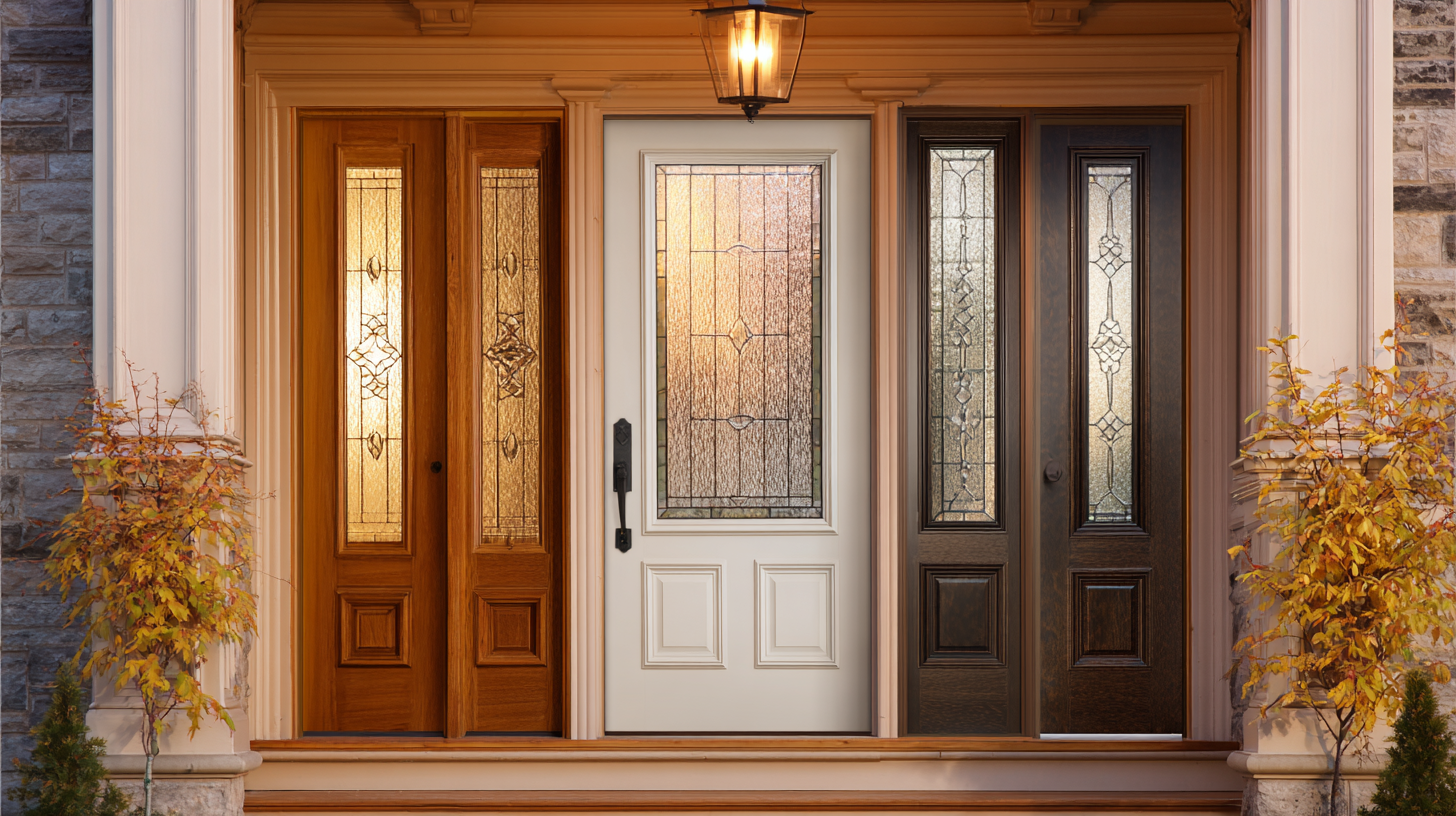
Top Materials for Storm Doors: Comparing Durability and Insulation
When selecting storm doors, the choice of materials plays a crucial role in determining durability and insulation performance. According to a report by the American Architectural Manufacturers Association (AAMA), fiberglass storm doors exhibit superior energy efficiency compared to aluminum options, boasting insulation values as high as R-5. This is particularly beneficial for homeowners in regions with extreme weather conditions, as the enhanced insulation can significantly reduce heating and cooling costs.
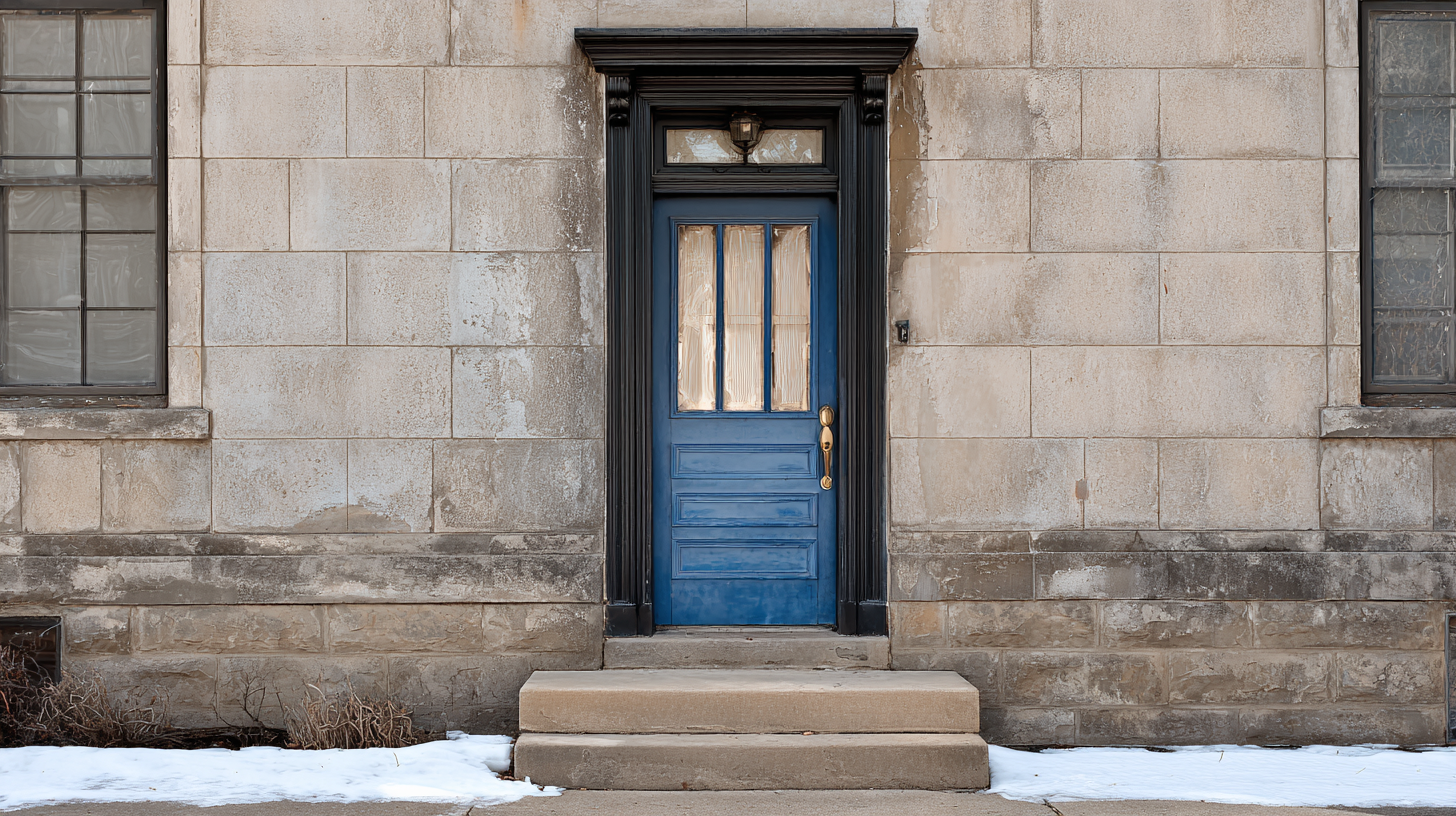
Additionally, steel storm doors offer remarkable durability and security. The National Association of Home Builders (NAHB) reports that steel doors can withstand impacts up to 15 times better than traditional wood doors, making them an ideal choice for areas prone to storms and high winds. While steel doors may not provide the same level of insulation as fiberglass, they can be paired with advanced weatherstripping techniques to achieve optimal thermal performance, thus enhancing overall energy efficiency. When choosing a storm door, balancing material properties with the specific climate needs is essential for maximizing protection and energy savings.
Installation Tips for Optimal Functionality and Weather Resistance
When selecting storm doors, proper installation is crucial for ensuring optimal functionality and weather resistance. According to the National Association of Home Builders (NAHB), nearly 40% of homes experience energy losses due to drafts and poor sealing, making it essential to choose and install storm doors that fit snugly against the frame. Utilizing adjustable/variable depth hinges can aid in maintaining a secure fit and preventing gaps that lead to air leaks. Additionally, silicone caulk or weather stripping should be applied around the door perimeter to further enhance insulation and minimize heat transfer.
Furthermore, aligning the storm door properly is key to its performance. The American Society of Home Inspectors (ASHI) recommends ensuring that the door swings smoothly and has an adequate gap at the bottom to prevent moisture intrusion. For those in regions prone to severe weather, consider opting for storm doors with impact-resistant glass, which can withstand winds of up to 140 mph, according to data from the Insurance Institute for Business & Home Safety (IBHS). Properly installing a storm door not only boosts energy efficiency but also enhances the home's resilience against harsh weather conditions.
Choosing the Best Storm Doors: Weather Protection and Energy Efficiency
This chart compares the energy efficiency ratings of different types of storm doors, indicating their ability to provide weather protection and enhance energy savings. Higher ratings signify better performance.
Maintenance Guidelines to Extend the Lifespan of Your Storm Door
When it comes to ensuring the longevity of your storm door, routine maintenance is key. Regularly checking for signs of wear and tear, such as peeling paint or rust, can help prevent more significant issues down the line. Cleaning the door with a mild detergent every few months will not only keep it looking its best but also highlight any potential problems that need addressing.
Tips: Inspect the weather stripping around the edges of your storm door at least twice a year. Replacing worn or damaged weather stripping can significantly improve energy efficiency and prevent drafts, ultimately reducing your energy bills. Additionally, lubricate hinges and locks to ensure smooth operation and to extend the life of moving parts.
Another important aspect of maintenance is to paint or stain the storm door every few years, especially if it's wood, to protect it from moisture and UV damage. This creates a barrier against the elements, while also allowing you to update its appearance. Always use high-quality, weather-resistant paint or stain for the best results.
Related Posts
-
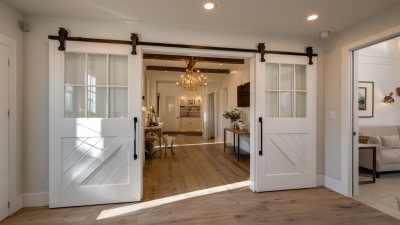
Smart Ways to Choose Budget Doors for Your Home Renovation
-
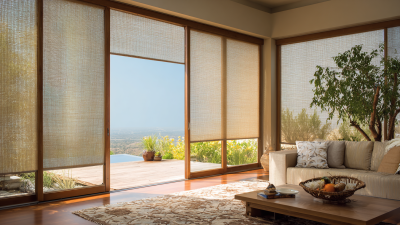
Transform Your Patio with Stylish Window Blinds: The Ultimate Guide for Door Solutions
-
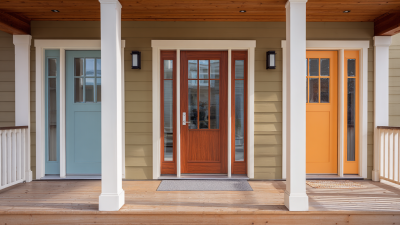
The Ultimate Guide to Choosing the Perfect Doors and Storm Doors for Your Home
-

Choosing the Perfect Doors and Screen Doors: Enhancing Home Comfort and Energy Efficiency
-

The Ultimate Guide to Choosing the Right Steel Entry Doors for Your Home Security Needs
